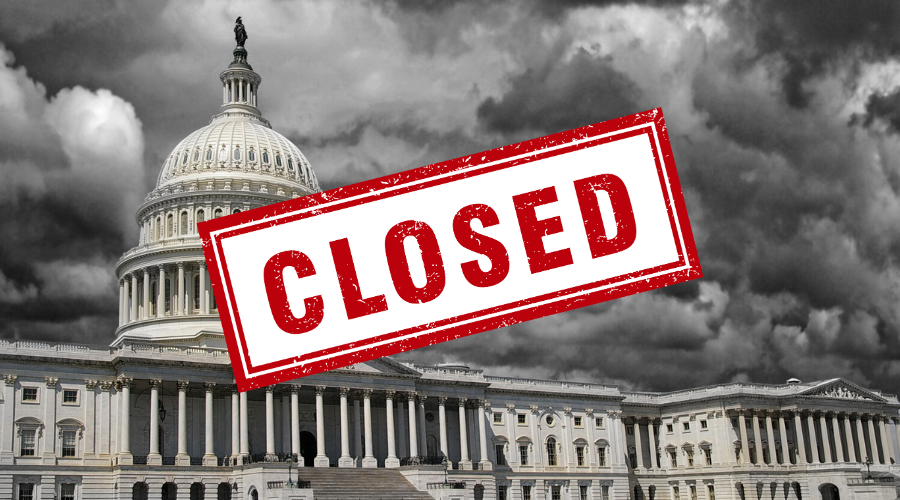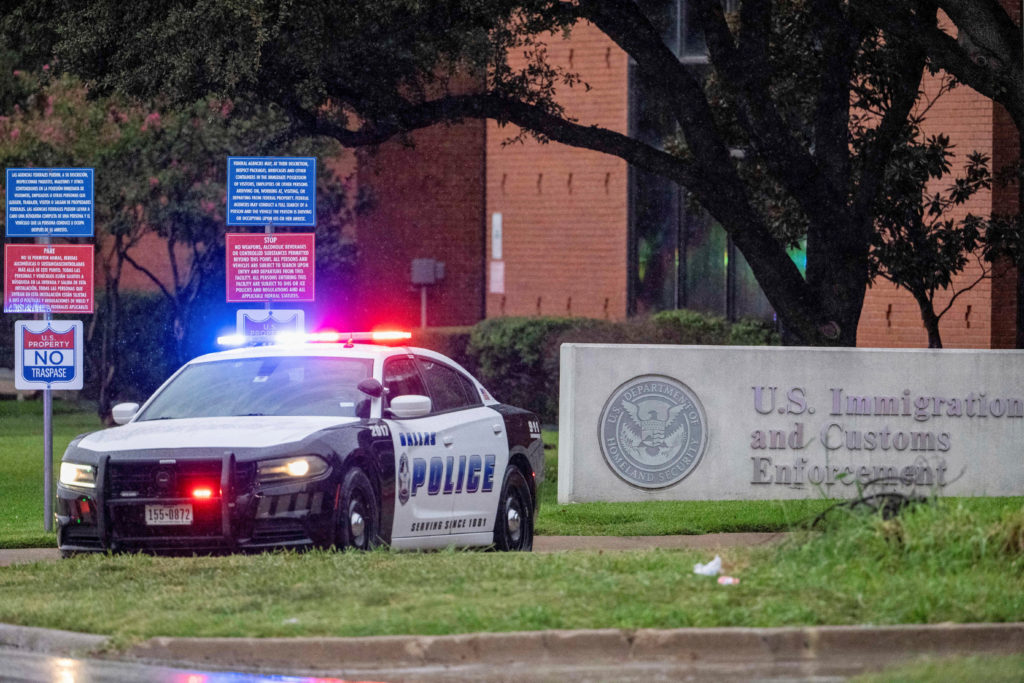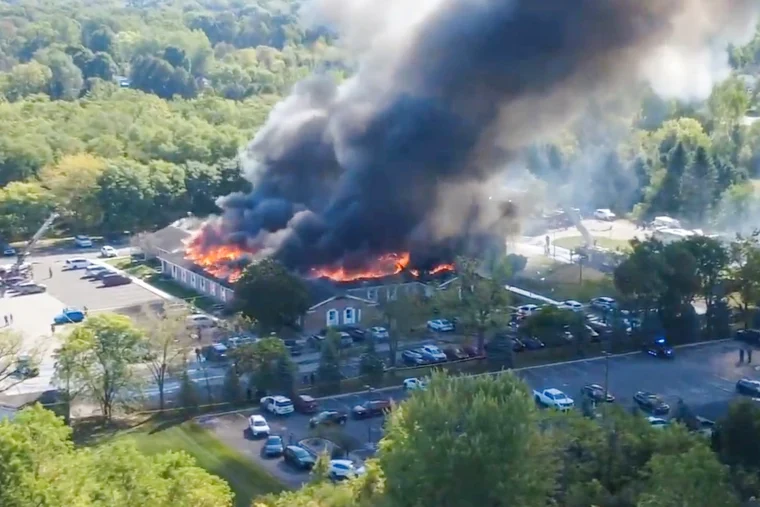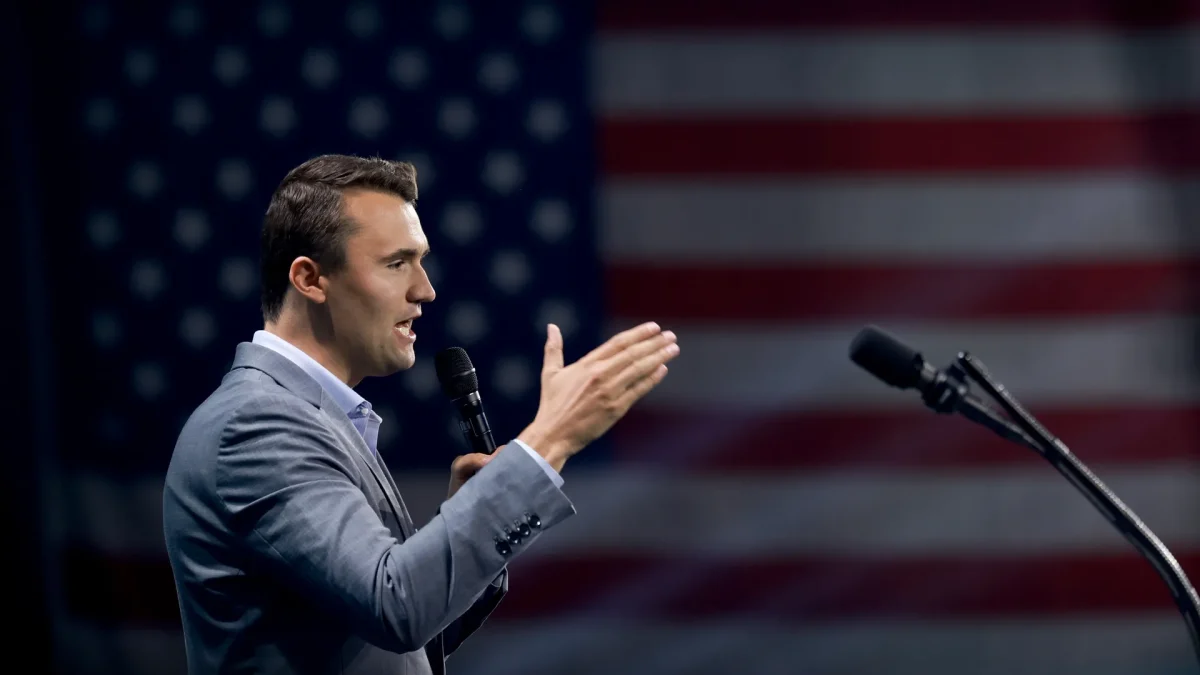WASHINGTON: The lights are still on in the Capitol, but the country is dimming.
Midnight on October 1 came and went, and with it, the U.S. government quietly slipped into dormancy. The deadline slipped away under the fluorescent buzz of empty offices and unpassed bills, leaving a nation to wake up to the word: shutdown.
The cause, as always, depends on who you ask. Republicans say the budget was bloated; Democrats say it was sabotaged. Somewhere between the talking points lies the truth: Congress simply couldn’t agree on how much help Americans should get for their health care, and how much the government should spend to keep itself running. The fight over Affordable Care Act subsidies became the hill both parties chose to die on, and so they did, taking hundreds of thousands of federal workers down with them.
Now, Washington is bracing for the costs. The Office of Management and Budget confirmed that approximately 750,000 federal employees have been furloughed (temporarily suspended from work), while another 700,000 deemed “essential” are working without immediate pay. The White House released contingency plans showing that nearly a third of executive branch staff—including more than five hundred in the West Wing alone—have been sent home.
The economic impact of the shutdown is already measurable. A memo from the Treasury Department warns that the closure could drain up to $15 billion from GDP each week. Markets have remained mostly steady, but economists caution that prolonged uncertainty could slow consumer spending, delay key data releases, and weaken investor confidence heading into the holiday quarter.
Across the government, the effects are uneven. The Centers for Disease Control and Prevention has furloughed over 60 percent of its workforce, pausing disease-tracking and research operations. The National Institutes of Health has postponed new clinical trials, and the Food and Drug Administration is operating with reduced review capacity. Meanwhile, the Centers for Medicare and Medicaid Services continues to process claims but has suspended most nonessential outreach programs.
The Department of Transportation reported minimal immediate disruption to flights, though officials have acknowledged that prolonged unpaid labor could lead to staffing shortages among air-traffic controllers and TSA officers. Some smaller regional airports have already shifted to limited schedules.
Mandatory programs such as Social Security, Medicare, and Medicaid remain funded and continue to distribute benefits, though administrative delays are growing. A report from the Social Security Administration noted that certain verification and appeal services have been paused, and a Reuters analysis confirmed that the annual 2026 cost-of-living adjustment announcement will likely be delayed.
The judiciary system has also begun contingency operations, stating that courts can sustain themselves through October 17 before resorting to emergency cuts. Federal contractors, meanwhile, are feeling the pinch as new grants and project funding are frozen nationwide, including more than $2 billion in transit projects halted this week in Chicago.
Politically, neither side shows signs of backing down. Congressional Republicans have argued that the shutdown is necessary leverage to rein in federal spending and rework health-care subsidies, while Democrats accuse the administration of weaponizing the budget to force ideological change. President Trump has signaled support for maintaining the shutdown until “a fiscally responsible deal” is reached, though members of both parties privately fear the economic and reputational damage of an extended standoff.
Public frustration is rising as national parks, museums, and passport agencies close their doors, and as ordinary workers begin to miss paychecks. The longer the government remains shuttered, the more likely layoffs become; a possibility the White House has acknowledged in recent press briefings.
For now, the country waits. Negotiations have resumed on Capitol Hill, but without tangible progress. If funding isn’t restored soon, officials warn, even essential services could face ripple effects. What began as a political argument over numbers has become something far larger: a test of how much dysfunction the system can bear before Americans begin to notice not just the politics, but the silence. The irony of a shutdown is that it isn’t loud. It doesn’t crash or explode. Paychecks just don’t come, phones merely stop ringing, and research simply doesn’t resume. And in that silence, the world’s richest democracy stares at its own reflection and remembers how fragile it really is.








